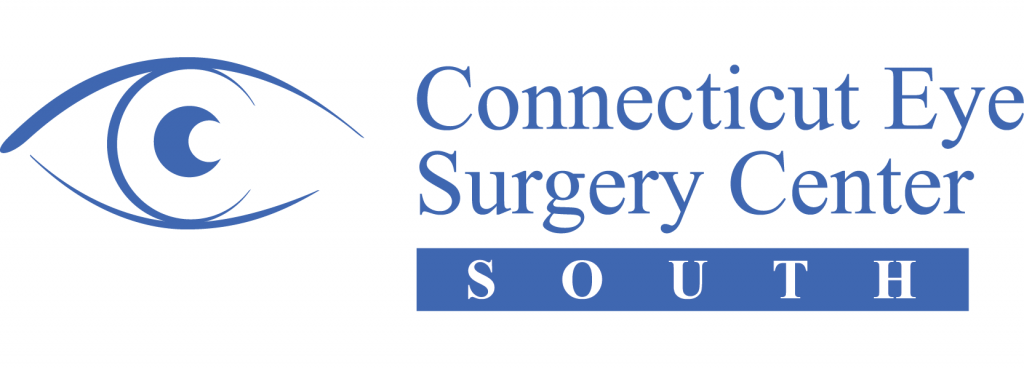Cataracts
A cataract is a cloudiness of the normally transparent eye lens. If left untreated, it will decrease vision and can lead to blindness.
Learn MoreA cataract is a cloudiness of the normally transparent eye lens. If left untreated, it will decrease vision and can lead to blindness.
Learn MoreCorneal dystrophies are genetic eye disorders that occur when abnormal material gathers in the cornea. Examples include macular corneal dystrophy, map-dot-fingerprint dystrophy and Fuchs’ dystrophy.
Learn MoreDiabetics are more prone to developing cataracts, glaucoma and diabetic retinopathy. Here’s what you need to know if you’re diabetic.
Learn MoreSome conditions, like droopy eyelids, can gradually interfere with your eyesight. Not only do droopy eyelids make you look sad or tired, they can actually limit your field of vision.
Learn MoreGlaucoma has been called “The Sneak Thief of Sight” because, in its early stages, there are often no symptoms, and once glaucoma has been diagnosed, permanent vision loss may have occurred.
Learn MoreWhen skin cancer is near your eyes, it is called periocular skin cancer. Skin cancer can arise from any of the types of cells in your skin. The most common form is basal cell carcinoma and squamous cell carcinoma. Both basal cell and squamous cell carcinoma are relatively slow growing.
Learn MorePterygium (pronounced tur-IJ-ee-um) is a common eye condition that affects people who spend a lot of time outdoors. Pterygium is also known as surfer’s eye because of its common occurrence in surfers. Individuals with pterygium have a growth of pink, fleshy tissue on the white of the eye. This growth usually forms on the side of the eye closest to the nose.
Learn More